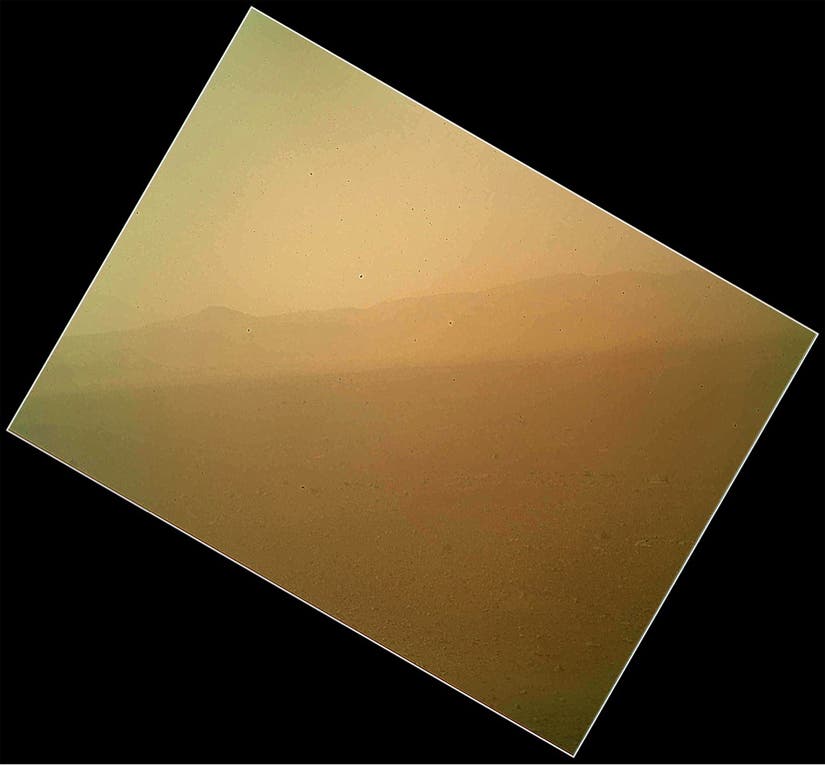Hope you’re all not too bored by the influx of Curiosity we’ve been feeding these past few days. We believe this to be one of the most significant scientific events of the year, topped maybe just by the discovery of the Higgs boson, and as such the rover’s landing on martian soil deserves at least a decent amount of coverage that we can offer.
The well deserved hype began on Sunday night once with Curiosity’s flawless touchdown with the red planet’s surface. Since then, we reported on the rover’s first images beamed back to scientists at the Jet Propulsion Laboratory in California, showcased a video which documents the rovers descent, filmed by the mobile Mars laboratory itself, featured a photo of the rover hanging by a parachute and now we’re presented with even more goodies, courtesy of NASA.

The most interesting Curiosity news for today is its first color image from Mars, which is still rather grainy, but a notable upgrade from the black and whites. In the image one can see the north wall and rim of Gale Crater, a vast basin where the nuclear-powered, six-wheeled rover touched down Sunday night after flying through space for more than eight months. The photo was taken by Curiosity’s Mars Hand Lens Imager, or MAHLI, one of the rover’s key instruments, affixed to the end of its robotic arm.
It’ll be several weeks before it takes its first drive and flexes its robotic arm. Since landing, engineers have been busy performing health checkups on its systems and instruments. Stay tuned, however, since in the next couple of days Curiosity will be sending even more color images which will be patched together for an awesome 360-degree color panorama.
Was this helpful?



